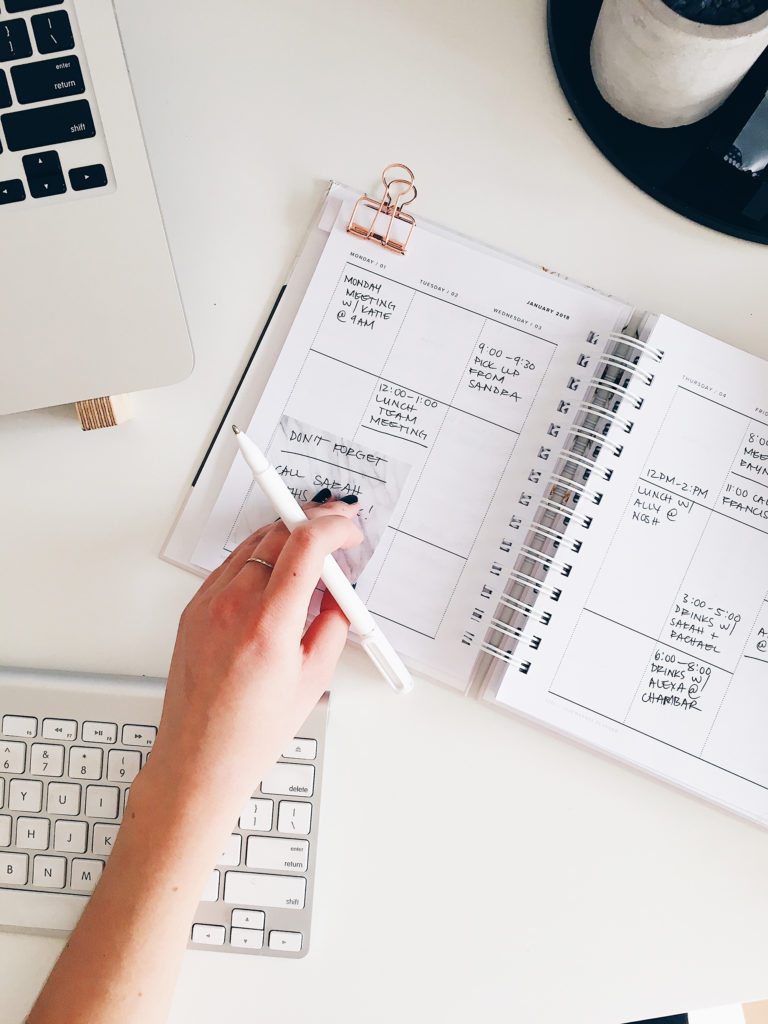I recently became enraged when a subscription I put a lot of time and energy into tracking, placed an order I did not anticipate, and sent me my umpteenth bottle of conditioner that I definitely did not need.
In recent years, many online businesses have adopted a product subscription business model. Product subscriptions are not only exceedingly capitalist, they also throw accessibility standards out the window.
To clarify, when I say “product subscription” I do not mean a service subscription, like how you receive your internet, phone service, or content streaming. Service subscriptions are the OG subscription model, and for them a subscription not only makes sense, it benefits both the business and the customer.
To make this more fun, below I’m going to refer to the product being sold as “bananas.”

In case you somehow haven’t encountered a company whose bananas are only available via product subscription, here’s a quick rundown:
A company using a product subscription requires you to commit to and schedule an ongoing (forever) order, to receive their bananas. On a scheduled date each month your account will be charged and a shiny new banana will arrive at your door.

A product subscription is different from auto-ship in a 3 key ways:
• When you put bananas on auto-ship, you have the freedom to select how often you’d like to receive your bananas. You can often schedule bananas to arrive anywhere from every week to upwards of every 6 months. Thus auto-ship is flexible to accommodate your budget, while still granting you the ease of automatic banana delivery.
However, with a subscription model you are limited to a narrow order window that often only allows you to schedule your next order a few weeks out (max). Which leads to you either receiving WAY too many bananas for one human, or being charged with the task of obsessively monitoring your banana subscription and pushing out your order date manually every few weeks.
• You can cancel an auto-ship order and still order those same bananas. You can also easily re-activate an auto-ship order, should you change your mind.
Whereas, if you cancel a subscription and want to re-order those same bananas, well… too bad! You’ll either have to set-up a brand new account, or go through a complex re-ordering process to regain access.
• You often receive a discount for setting up an auto-ship order.
Product subscriptions don’t offer a discount because a subscription is the only order method available.

Why are subscription models gross (hint: eww… capitalism)?
You had better hope you:
- Earn a living wage.
- Only need and use the bananas purchased via the subscription.
- Are perfect at keeping track of your bills.
Doesn’t sound like you?
Well, you’re in the majority there. For a low-income individual, product subscriptions will punish you if you forget to reschedule an order that you don’t need. In fact, forgetting could completely derail your budget and may force you to dip into your savings, or worse forgo buying essentials, like food.
Subscriptions promise customers that “it will be so much easier if you don’t have to think about ordering more bananas when you need them and just let us handle it.” But in my experience, it’s only led to me having an overabundance of bananas that it will take me literal years to use… and bananas expire! These companies are suspiciously over-optimistic about the amount of bananas a single human needs… The wastefulness of the forced consumerism they are creating is nauseating.

For someone with ADHD, a product subscription is completely inaccessible. And unfortunately, sometimes a good product is only available via subscription… These companies are asking folks with ADHD to remember they have a subscription on a specific website, that requires routine check-ins every few weeks, unless they’re fine with receiving a bajillion bananas. Even with the best intentions and setting multiple reminders for myself, I still couldn’t remember to reschedule my orders. And I have hyper-organized Autism on my side to compensate for my ADHD! Yet I am still up to my ears in bananas that I won’t need for a long time. Y’all, this is the ADHD tax in action.
The subscription model was not designed for product-based businesses and it’s clear why. It is not good business to choose a sales model that doesn’t benefit your customers. Seriously – how do these companies expect to build a loyal consumer base?
Let’s be real. A business that puts money before customer joy, is just plain greedy… And personally, that’s not where I want to spend my hard earned dollars.









